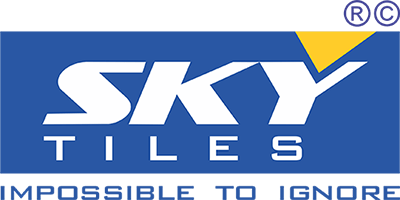These are strong indications that the steps President Obama took to foster economic recovery are working — beginning with the Recovery Act and continuing through the December 2010 tax-cut package.
But that’s not to suggest that anyone within the administration or the Commerce Department is satisfied — not with unemployment still over 9 percent.
As we move forward, policymakers should remember that the most important contest is not between Democrats and Republicans, but between America and countries around the world that are competing like never before for the jobs and industries of the future.
Making the U.S. more competitive will require us to focus on two things: supercharging innovation and selling more American-made goods and services around the world, so that U.S. firms can hire more workers and reinvest in the research and development they need to keep growing.
Although the private sector will take the lead on innovation, we can’t forget that the government has always had an important, supportive role to play, and the Commerce Department is engaged in a variety of areas.
Our Economic Development Administration (EDA), for example, is making investments to help local communities develop regional innovation clusters. Just like Silicon Valley is an IT mecca and the Route 128 corridor in Boston is a biotechnology hub, we’re working to bring universities, businesses, government and nonprofits together in one place — like the Navy Yard in Philadelphia, which EDA and other federal agencies recently awarded $129 million to develop an innovation cluster for Energy Efficiency Buildings — to build around a region’s unique strengths.
The Commerce Department’s National Telecommunications and Information Administration, meanwhile, just finished awarding 230 grants across America to fund the construction or upgrade of 120,000 miles of broadband networks. This will dramatically improve America’s communications infrastructure, while enhancing its competitiveness on a host of fronts — connecting small businesses to global markets, rural doctors to university medical centers and inner-city students with the world’s top universities.
At Commerce, we’re also reforming the U.S. Patent and Trademark Office, accelerating patent evaluations so we can get new technologies into the marketplace quicker and improving patent quality to prevent inventors and other patent holders from being tied up in years of costly and often unnecessary litigation.
The common denominator in all these efforts is that the Commerce Department is creating a foundation — investing in basic infrastructure and research, creating standards, making regulatory reforms — that will spur private-sector innovation and growth.
At a time of strained budgets, we’re making sure every dollar is spent wisely — a lesson I learned well as Washington State governor, serving in the aftermath of the dot-com crash.
We’re taking the same approach when it comes to encouraging American exports.
